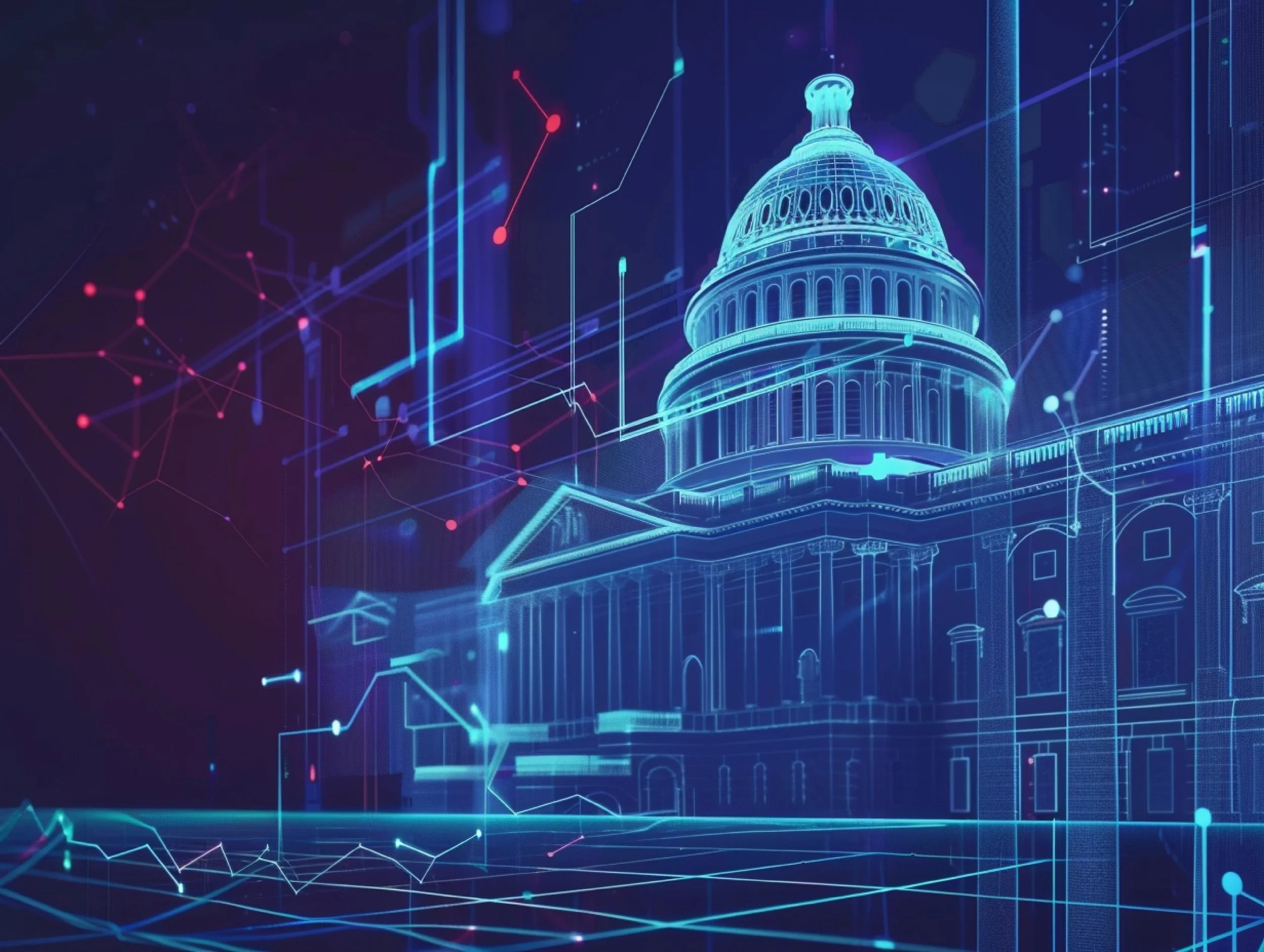Federal Agencies and the Challenges of Digital Transformation
In May 2012, the President of the United States issued a bold challenge to federal agencies, challenging them to optimize their digital services in order to better serve taxpayers across the country. An excerpt of the memo read:
For far too long, the American people have been forced to navigate a labyrinth of information across different Government programs in order to find the services they need. In addition, at a time when Americans increasingly pay bills and buy tickets on mobile devices, Government services often are not optimized for smartphones or tablets, assuming the services are even available online.
The President’s timeline for implementation was even bolder, calling for all agencies to fulfill the requirements for change within 12 months and to file a report on their progress within 90 days.
While the President’s memo motivated agencies to take action, making transformative change was easier said than done. The challenges encountered by the Small Business Administration (SBA), for example, are indicative of the issues that many federal organizations face. Let’s take a look.
Federal Agencies Encounter Many Obstacles to Digital Transformation
Prior to the President’s memo, the SBA had tried four different times to modernize its system, but the process proved too daunting each time. Here are some of the challenges they faced:
Moving from paper to digital. Before the arrival of the digital age, the SBA had developed a complex application process that heavily relied on paperwork. Although the SBA tried to build an online system to expedite the process, registrants still faced roadblocks trying to apply online and would end up mailing their forms.
Numerous user groups. The system needed to allow discrete user groups to interact with it in different ways—and at varying clearance levels. Along with applicants and SBA staff, congresspeople required access to state and regional data, and government contracting offices needed an up-to-date database of qualified applicants.
Multiple locations and inputs. With more than 50 district offices all collecting their own application forms and gathering and inputting data, comprehensive change was a significant challenge.
No single source of truth. After attempting to modernize its system, the SBA ended up with two different systems that still did not address many of its core issues. The SBA struggled to keep the systems in sync, a challenge made harder by the fact that regulations change frequently.
The SBA is not alone in facing these struggles. Along with the common challenges listed above, many federal agencies also face difficulties with meeting strict government security compliance requirements, storing and analyzing vast quantities of data, and ensuring that their databases can “talk” to other federal data bases.
The challenges facing federal organizations that want to move to the cloud often feel overwhelming—but they don’t have to be. To learn how Enquizit helped the SBA deploy a cloud-native system that transformed their entire organization, https://enquizit.com/case-studies-insights/the-small-business-administration-goes-digital-how-enquizit-helped-the-streamline-certification-in-the-aws-cloud



